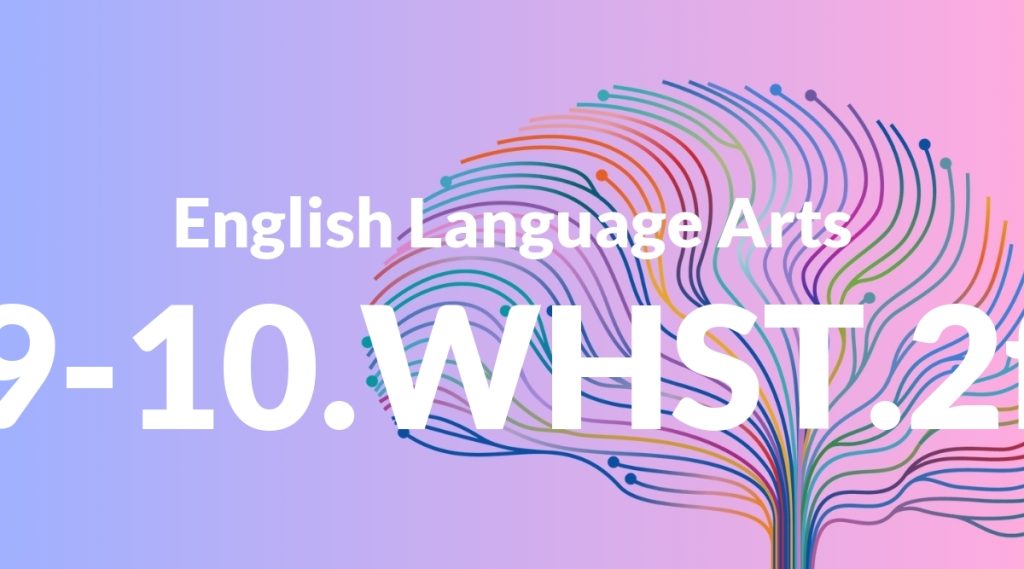Standard: 9-10.WHST.2f – Provide a concluding statement or section that follows from and supports the information or explanation presented (e.g., articulating implications or the significance of the topic).
Grade level: Grade 9-10
Subject: English Language Arts
Domain: Writing: History, Science & Technical Subjects
Teacher Overview
This standard emphasizes the importance of providing a well-thought-out concluding statement or section in writing. It is crucial for students to understand how to effectively wrap up their arguments or explanations by highlighting the implications or significance of their topic. This skill is essential for clear and impactful communication in both academic and real-world contexts. Students should have a foundational understanding of how to structure an informative or explanatory text, including the ability to present information clearly and summarize key points.
Mastering this standard will enable students to craft more sophisticated arguments and narratives, understand the importance of coherence and cohesion in writing, and apply these skills in various disciplines and real-world scenarios.
Common Misconception 1
A common misconception is that a concluding statement is merely a summary of the main points. This is incorrect because an effective conclusion should also emphasize the broader implications or significance of the topic, not just reiterate what has already been said.
Intervention 1
To address this, teachers can provide examples of strong conclusions that discuss the implications or significance of the topic, and engage students in activities that require them to practice this skill.
Common Misconception 2
Another misconception is that any concluding statement will suffice, regardless of its relevance to the presented information. This is incorrect because a conclusion must be directly tied to the information to maintain coherence and relevance.
Intervention 2
Teachers can use examples and non-examples to illustrate the importance of coherence and relevance in conclusions, and provide exercises where students must revise weak conclusions to make them more effective.
Prerequisite Knowledge
Students should understand the structure of an informative or explanatory text and be able to present information clearly. They should also have basic skills in summarizing information and identifying key points.
Subsequent Knowledge
After mastering this standard, students will be able to craft more sophisticated arguments and narratives, understand the importance of coherence and cohesion in writing, and apply these skills in various disciplines and real-world scenarios.
Instructional Activities
- Analyze sample conclusions in historical essays and identify their strengths and weaknesses.
- Practice writing concluding statements for different types of reports, such as science experiments or technical manuals.
- Peer review sessions focused on providing feedback on the effectiveness of concluding statements.
- Create a checklist of key elements for an effective conclusion and use it to evaluate their own and peers’ work.




